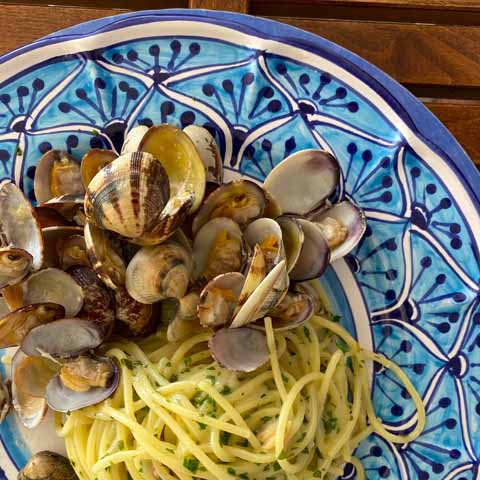A Culinary Guide Through Italy: What to Eat and Where to Eat It
Embark on a culinary journey through Italy, exploring the best regions for some of the most iconic Italian dishes. Discover the origins and flavors of dishes like Pasta Carbonara from Rome, Ossobuco alla Milanese from Milan, and Tiramisu from Veneto. Uncover the rich history and culture behind Italy’s beloved cuisine, and prepare your taste buds for an unforgettable experience.
A Culinary Guide Through Italy: What to Eat and Where to Eat It Read More »
